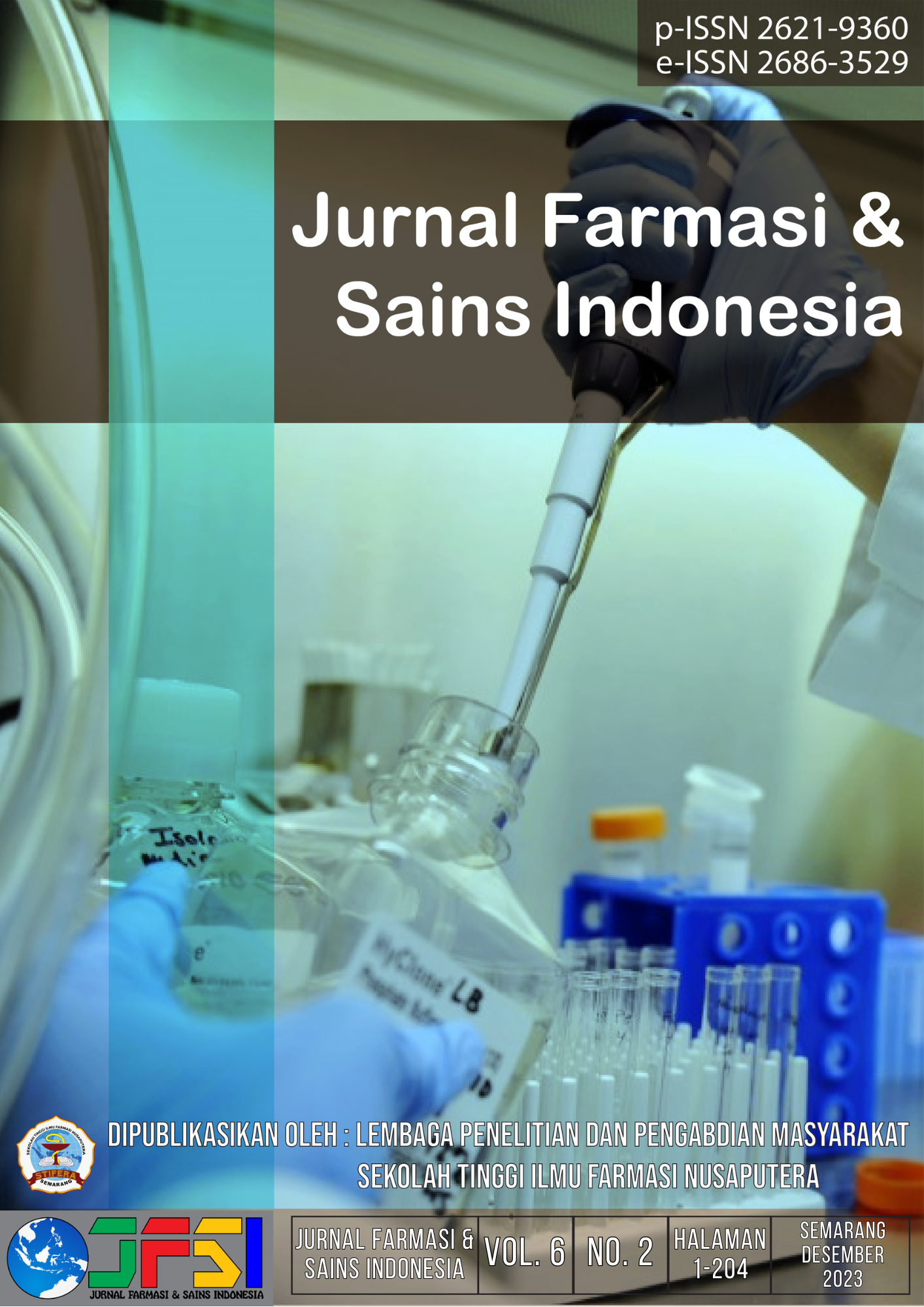COMPARISON OF CHITOSAN QUALITY IN RAW AND RECIPE CRAB SHELL WASTE (Portunus pelagicus) REVIEWED FROM % N-DEACETYLATION
Main Article Content
Abstract
Chitosan is chitin that is deacetylated as much as possible whose quality can be measured by the value of % N-Deacetylated. Chitosan has the potential to be used in various industrial and health fields, so its needs are influenced by its quality standards. Crab shells, which are one of the sources of chitosan-making materials, have not yet been fully utilized, especially shells from consumption waste (restaurants). Researchers intend to test Chitosan derived from raw and cooked crab shells to compare their quality. The process of making chitosan goes through three main stages, namely deproteination, demineralization and deacetylation, while at the analysis stage using the base line method using an FT-IR spectrophotometer. As a result, the %N-Deacetylated price was obtained at 74.8640% in the raw crab shell sample (A), while in the cooked crab shell sample (B), the %N-deacetylation price was 68.9313 %. The difference between sample A and sample B is only 5.9327%.

